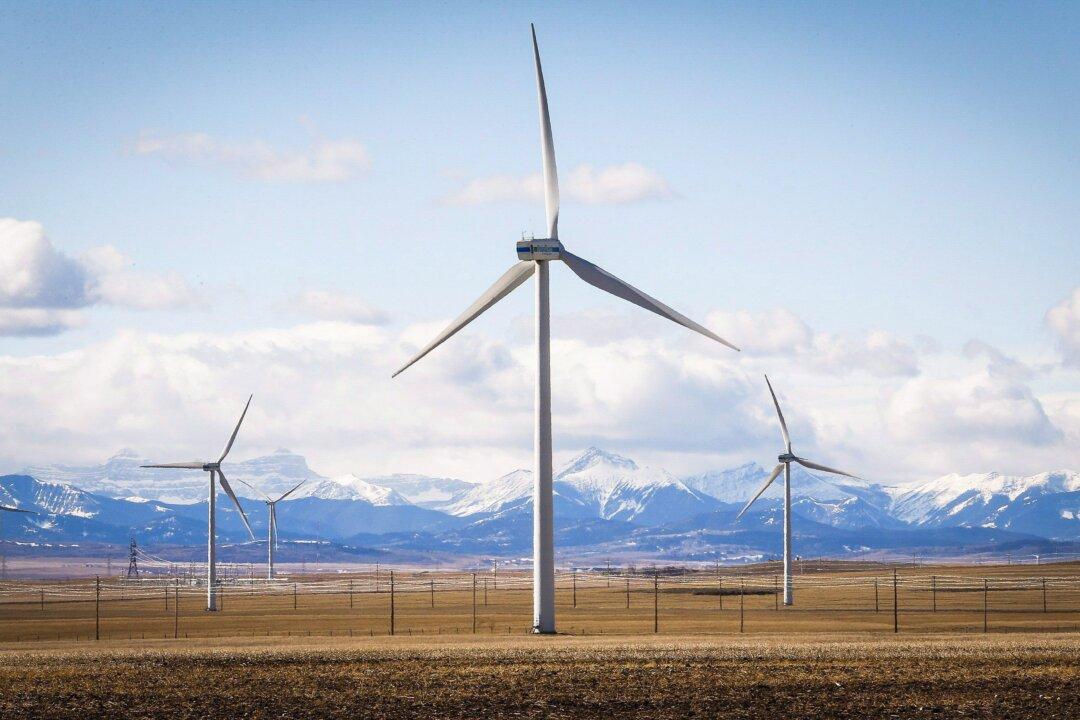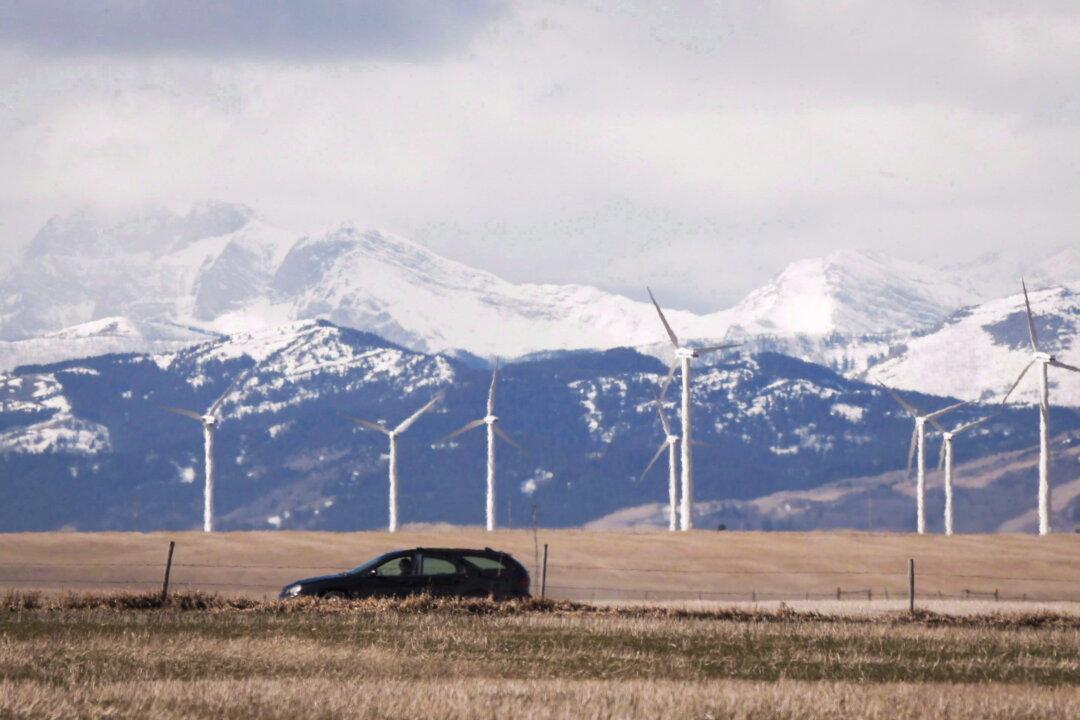Despite having more combined coal, oil, and gas reserves than almost any other jurisdiction on the planet, the province of Alberta was, once again, in an energy crisis the evening of Friday, Jan. 12.
The Alberta Electric System Operator (AESO) posted a “grid alert,” warning the population to conserve its electrical power. If not, the grid was in danger of blackouts. That alert was declared at 4:15 p.m., and released on X.





